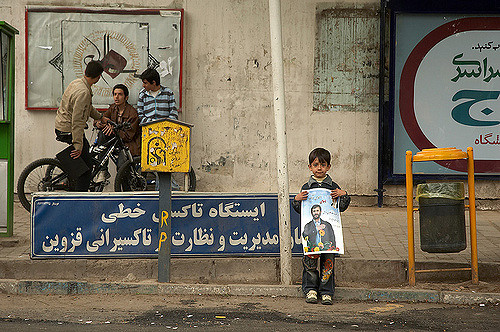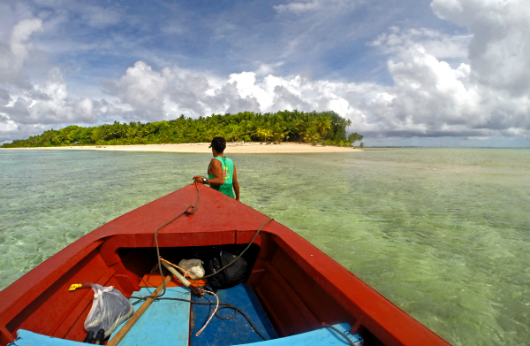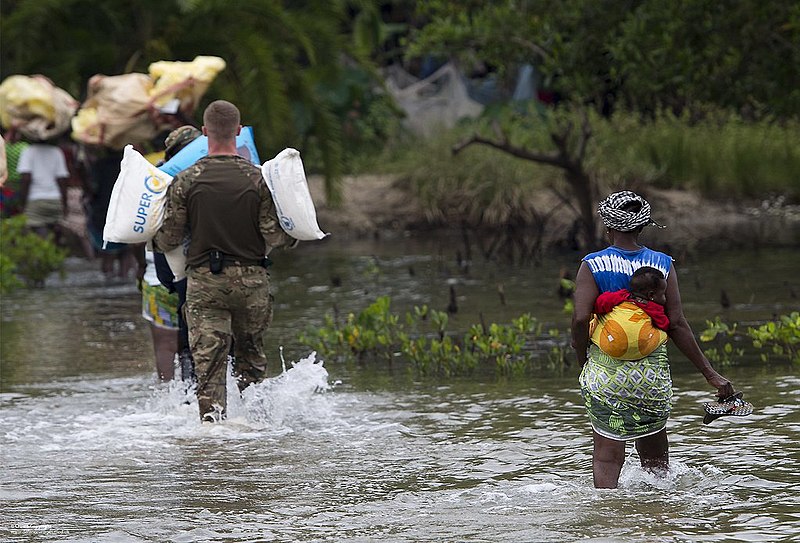 Located in west Africa, Sierra Leone remains to be one of the most impoverished countries in the world. With over 8.7 million in population, the coastal country has experienced frequent political turbulence over the past two decades, from the successful coup in 1997 to the recent attempt in November 2023. Sierra Leone is one of the most underdeveloped countries in the world, ranking 182nd out of 189 countries on the Human Development Index. In 2005, the International Monetary Fund published the Poverty Reduction Strategy Paper for Sierra Leone, a condition for the donations that they received in order to decrease poverty within the nation. Here are some of Sierra Leone’s strides to alleviate poverty.
Located in west Africa, Sierra Leone remains to be one of the most impoverished countries in the world. With over 8.7 million in population, the coastal country has experienced frequent political turbulence over the past two decades, from the successful coup in 1997 to the recent attempt in November 2023. Sierra Leone is one of the most underdeveloped countries in the world, ranking 182nd out of 189 countries on the Human Development Index. In 2005, the International Monetary Fund published the Poverty Reduction Strategy Paper for Sierra Leone, a condition for the donations that they received in order to decrease poverty within the nation. Here are some of Sierra Leone’s strides to alleviate poverty.
A Higher Minimum Wage
Historically speaking, Sierra Leone’s economy has been reliant on natural resources such as diamonds and various other materials such as iron ore and bauxite. Despite earning more than 250 million USD in revenue from the diamond industry per year, the diamond industry often fails to uplift the local communities, and on the contrary, has contributed to growing poverty rates within Sierra Leone amidst inflation. Fortunately, this has been resolved through the recent increase in the minimum wage of 33% per month as of April 2023, from 600 to 800 leones per month. This will be incredibly impactful in relieving poverty in Sierra Leone as it allows households to afford more necessities and provides better financial security in the long run.
Diversification of the Economy
Despite the diamond industry turning over more than $250 million per year, the country has taken an impressive initiative to diversify their economy by turning away from the finite mining industry. As seen through the ‘Sierra Leone Diversification Project,’ the country has executed the PRSP’s (Poverty Reduction Strategy Papers) framework to grow the economy by boosting investment in non-mining industries such as tourism, energy and fisheries. This is essential in lowering the rate of poverty in Sierra Leone as it provides a sense of stability in the economy, which improves the competitiveness of their exports, encouraging more investments into the country. This will in turn potentially bring more jobs and income into Sierra Leone.
Access to Healthcare
Lack of access to proper healthcare was highlighted in the PRSP as one of the pressing problems in Sierra Leone, with poor healthcare being a prominent limiting factor to poverty alleviation. Low life expectancy, high malnutrition rates and infant mortality contributes to a struggling economy, unable to yield a higher economic production. Encouragingly, the Sierra Leone government has launched the ‘Free Health Care Initiative’ (FHCI) as of 2010, offering free mother and child healthcare support across the country, as part of their plan to lower infant mortality rates. Furthermore, the FHCI decreases the number of children suffering from stunted growth, which could possibly affect their progression to higher education. As a result, the gradual improvement of the public healthcare system provides a stronger possibility of a more productive labor force, encouraging economic growth in the long run, which will alleviate poverty in Sierra Leone.
Conclusion
While there has been encouraging improvements within Sierra Leone in their efforts to alleviate poverty, the west African nation is still struggling economically amidst a period of unfavorable exchange rates and growing inflation. Furthermore, the country has been unable to introduce more job opportunities by attracting more foreign direct investments. The lack of better job opportunities limits upward progression away from poverty, limiting many to lower paying jobs. This could be credited to the government’s poor reputation as being corrupt as well as the region’s historic political instability.
– Matthew Fung
Photo: Wikimedia Commons
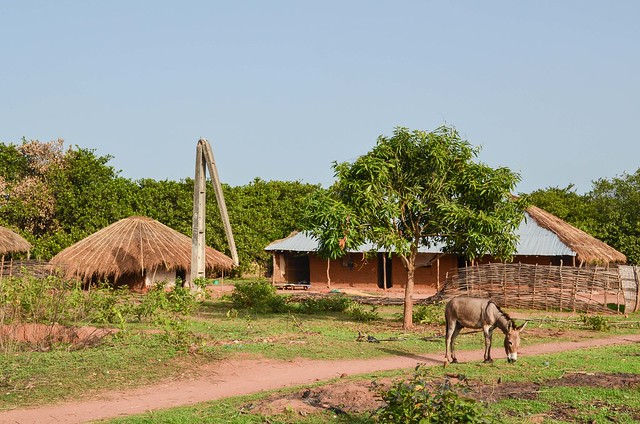
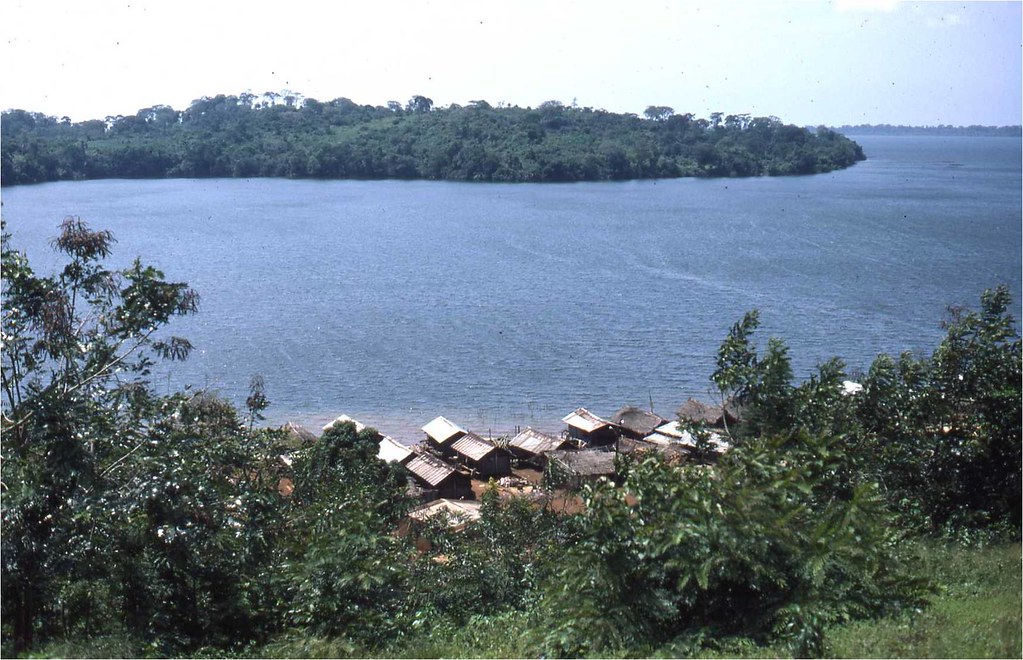 Although Cote d’Ivoire’s GDP growth rate remains among the highest in the world from 2015 to 2017, 46.4 percent of the population still lives below the poverty line. The West African country, also known as Ivory Coast, relies heavily on agriculture, as do most developing countries. As the African country continues to develop, there are three possible areas that could help reduce
Although Cote d’Ivoire’s GDP growth rate remains among the highest in the world from 2015 to 2017, 46.4 percent of the population still lives below the poverty line. The West African country, also known as Ivory Coast, relies heavily on agriculture, as do most developing countries. As the African country continues to develop, there are three possible areas that could help reduce 
